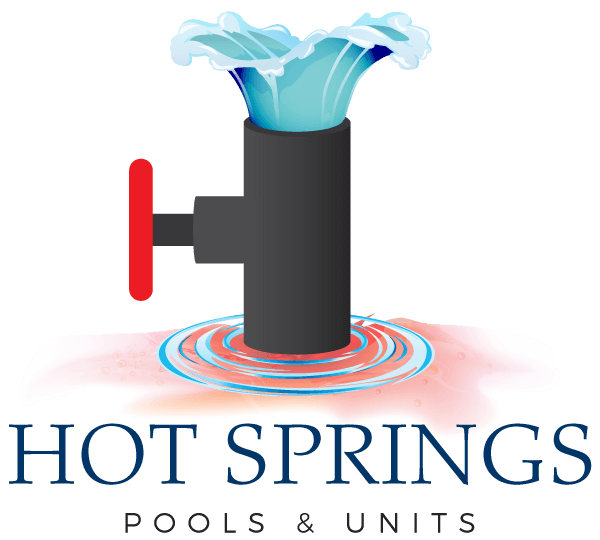Hot springs and night pools are one of life’s purest joys – there’s nothing like relaxing back into the warm water and feeling yourself completely rewind.
Soaking in hot spring also reputedly result in therapeutic benefits including increasing circulation, treating digestive problems, diabetes, arthritis, inflammation and liver complaints. That’s because the heated water can hold more dissolved solids so they can have a high mineral content, including calcium, magnesium, silica, lithium, or radium.
However, to ensure you always have the best experience, there are a few safety precautions to take before you jump in the deep end. Here are our top six tips:
- Be aware of heat levels before you put your toe in. While frequented springs are generally safe, it's essential to test the water carefully of any natural or wild spring before you get in. If signs suggest that it’s safe to look but not touch, heed the warning. For instance, Yellowstone National Park’s Norris Geyser Basin has claimed twenty-two lives over the last century – more than bears or lightning strikes – all because people strayed from the boardwalks and slipped into acidic boiling water. Those with a weakened immune system, high blood pressure, heart conditions, or are pregnant women should be particularly cautious.
- Never drink and bathe. Hot springs and alcohol should never mix – you’ll feel drunker a lot faster than you expect because the springs dehydrate your body in next to no time. If you drink and soak, you’re more likely to drown or court injury due to misadventure because your inhibitions are lowered astonishingly quickly.
- Don’t forget your electrolytes. Enjoying a hot spring in the middle of a sunny day drains your body of energy as well as hydration, so make sure you take along plenty of water, sunscreen and a hat with you to protect you from the elements.
- Ask about amoebas. They’re rare, but sometimes a brain-eating amoeba (Naegleria fowleri), can thrive in warm freshwater across inland Australia. Entering through the nasal passages, it's been known to cause meningitis. Hot-spring water is usually relatively safe as are commercially run springs – but beware a wild hot spring. Make sure you soak somewhere you know is regularly tested, just in case.
- Keep one eye open for snakes. Of particular concern in natural pools amongst bushland, remember that snakes can be drawn to thermal vents near springs, making their home in the warmer microclimate. Generally, they won’t bother you if you don’t bother them – particularly in popular springs where a lot of people are moving about – but it’s always wise to be alert.
- Leave Fido out of the water. It's not safe to invite your dog into the pool with you, however cute he might be. Apart from the questionable etiquette of subjecting others to your dog, Fido is less in control of his ablutions than you are, and he also can't tell you when he's getting too hot. Overheating in hot pools has led to a surprising amount of pet deaths for this very reason.
